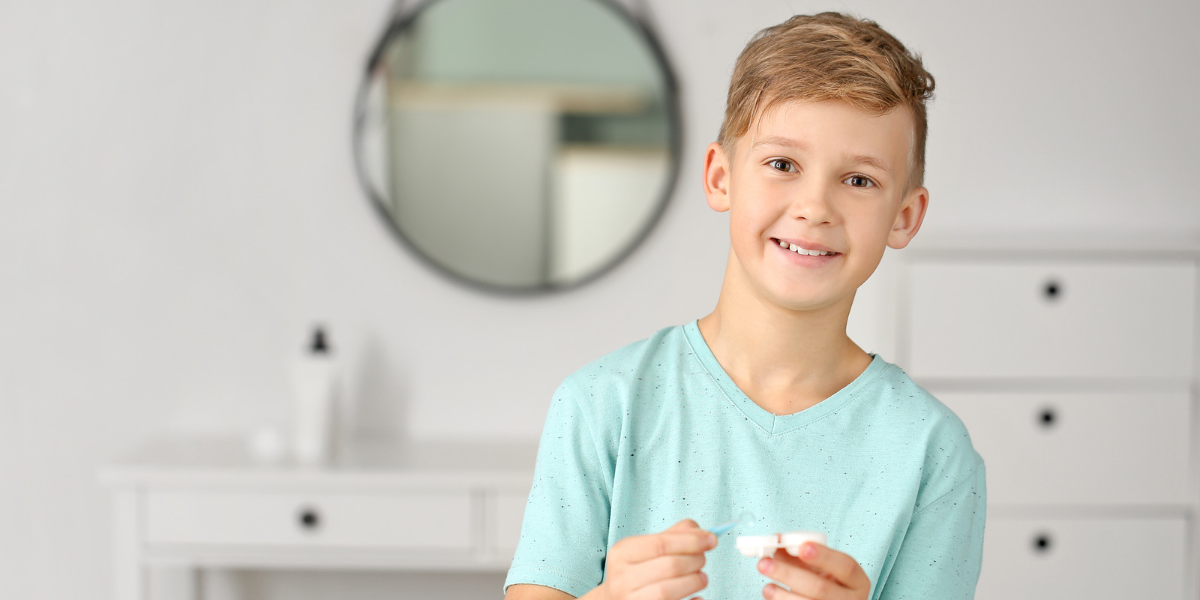A new website has been launched to help parents assess and manage myopia risks for their kids. Myopia (or shortsightedness) is an eye health issue that every parent should be aware of but may not know about.
www.mykidsvision.org provides a free online tool for parents to help assess their child’s risk for development of myopia, and if their child is already myopic, it gives some terrific advice on how to further slow its progression.
Myopia is blurry long-distance vision, often called shortsightedness. Someone with myopia can see clearly up close – such as when reading a book or looking at a phone – but words and objects will look fuzzy on a blackboard or television.
Imagine therefore, the difficulty of a child trying to catch a ball when they can’t clearly see the person who is about to toss it to them, Or a child sitting in a classroom and not being able to clearly see the blackboard. Yet many children spend their lives in this type of fuzziness without knowing that they have a vision problem and because they don’t say anything, many parents remain oblivious to their child’s vision issues.
Myopia is growing rapidly amongst children. Exacerbating the problem is the amount of time that kids are spending in front of small screens such as mobile devices and tablets, a lifestyle situation that is only predicted to grow.
The prevalence among Australian 12 year-olds doubled between 2005 and 2011. Myopia in kids tends to progress or get worse throughout childhood, and higher levels of myopia are associated with higher eye disease risks in adulthood. Over the last 15 years myopia has increased from 20% to 31% in 17 years olds. If your child already wears glasses, you can do something to stop their vision worsening. If they don’t, you can assess their risk of developing myopia.
In February, it was announced that half the world’s population will be short-sighted by 2050 with many at risk of blindness. The global study, published by the Brien Holden Vision Institute, forecasts that 10 per cent of the world’s population will be at risk of blindness by 2050 if steps aren’t taken to stop myopia turning into high myopia (requiring glasses with a prescription of minus 5 or stronger).





